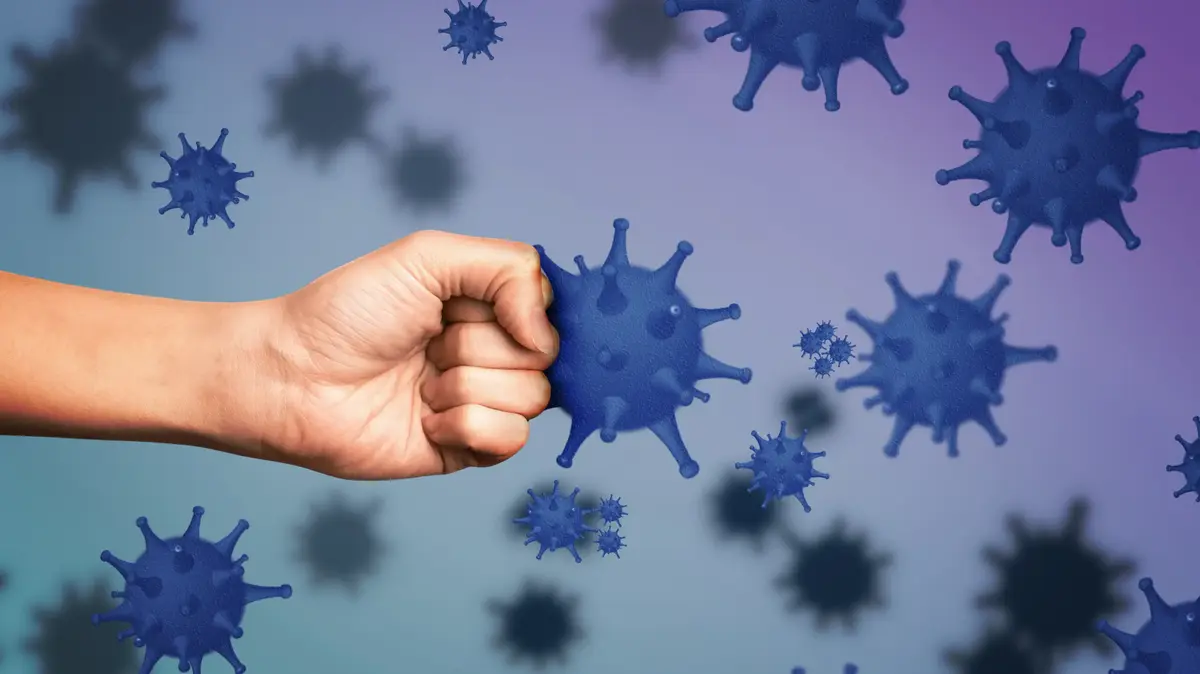After the bite into the apple, the mouth suddenly tingles - those who are allergic to birch pollen may have a cross-reaction here. Allergy sufferers should be able to classify such symptoms.
Graz / Mönchengladbach (dpa / tmn) - grasses and tomatoes, latex and bananas, birch and apple: some allergy sufferers sometimes cannot tolerate certain foods. This phenomenon is called cross allergy. "The reason is that there are identical or similar structures in both allergen sources and the immune system suddenly recognizes similarities," explains Sonja Lämmel from the German Allergy and Asthma Association (DAAB). So it reacts to a doppelganger.
"Some allergy sufferers even put themselves in danger," says dermatologist Prof. Birger Kränke. Even if a patient who is familiar with his pollen allergy is familiar with the seasonal symptoms that are typical for him, that does not mean that he can correctly classify the occurrence of allergic symptoms after consuming certain foods.
"In rare cases that could end in shock," emphasizes Kränke, who heads the allergy outpatient clinic at Graz University Hospital. For this reason, cross-reactions are an important issue in the everyday life of allergic patients.
"In the literature, cross-reactivity is mostly discussed in connection with pollen sensitization and food allergies," explains Kränke. Here the immune system reacts not only to the allergens known to allergy sufferers such as pollen, house dust mites or animal hair, but also to certain foods.
Birch pollen and the problem with apples
For example, if you are allergic to birch pollen, you run the risk of being allergic to apples, hazelnuts or soy.
"Those who suffer from hay fever - in the industrialized countries that mean at least 15 percent of adults and up to 10 percent of children and adolescents - often up to 50 percent also have an allergic reaction to certain foods," says Kränke.
Lämmel adds that the number of people with pollen allergies who also suffer from pollen-associated food allergies has increased in recent years.
In the meantime, certain cross allergy syndromes have become established. The most significant in terms of numbers is the birch pollen-nut-pome syndrome: if the immune system is sensitized to birch pollen structures, it can also react to apples, peaches, nectarines, cherries, plums, hazelnuts, walnuts and soy.
The celery-carrot-mugwort-spice syndrome and the house dust mite-crustacean-mollusc syndrome are also common - the consumption of shrimp or mussels can lead to problems for those allergic to house dust.
Tingling in the mouth and itchy eyes
The symptoms of a cross-reaction usually first appear in the parts of the body that come into direct contact with the cross-allergen: "Tingling in the mouth, itchy throat or a furry feeling on the tongue are the most common," says Lämmel. A runny nose, itchy eyes or a throat irritation are also possible.
According to Birger Kränke, a massive expansion of the reaction can rarely occur, so that other organs such as the lungs (asthma), skin (hives, flush) or the whole body (anaphylactic shock) can also react. Cross-reactions can only be avoided if cross-allergies have been investigated and diagnosed.
The doctor advises all those affected to have an emergency kit with antihistamine, corticosteroid and possibly an adrenaline auto-injector with them if they have certain allergies. "The most effective measure, however, is to avoid the allergenic substances."
Individual recommendations instead of blanket lists
DAAB expert Lämmel recommends nutritional therapy in which individually developed avoidance recommendations are made.
Because an allergy test often shows "silent sensitizations": This means that the test is positive because of the cross-reaction, but consumption of the food does not lead to an allergic reaction, explains Lämmel.
Particularly in the case of a suspected pollen-associated cross-reaction, only the evaluation of various tests or a blood result and, above all, the nutrition and symptom protocol allow a reliable judgment.
© dpa-infocom, dpa: 200811-99-127787 / 4




/cloudfront-eu-central-1.images.arcpublishing.com/prisa/BBBPQ6SMUZFU3DURZG66IXKRFI.jpg)










